Comet PanSTARRS And The Helix Nebula : Its Rare That Such Different Objects Are Imaged So Close Together.

Comet PanSTARRS and the Helix Nebula : Its rare that such different objects are imaged so close together. Such an occasion is occurring now, though, and was captured two days ago in combined parallel exposures from the Canary Islands of Spain. On the lower right, surrounded by a green coma and emanating an unusually split blue ion tail diagonally across the frame, is Comet C/2013 X1 . This giant snowball has been falling toward our Sun and brightening since its discovery in 2013. Although Comet PannSTARRS is a picturesque target for long-duration exposures of astrophotography, it is expected to be only barely visible to the unaided eye when it reaches its peak brightness in the next month. On the upper left, surrounded by red-glowing gas, is the also-picturesque Helix Nebula. At 700 light years distant, the Helix is not only much further away than the comet, but is expected to retain its appearance for thousands of years. via NASA
js
More Posts from Intergalacticnerd and Others

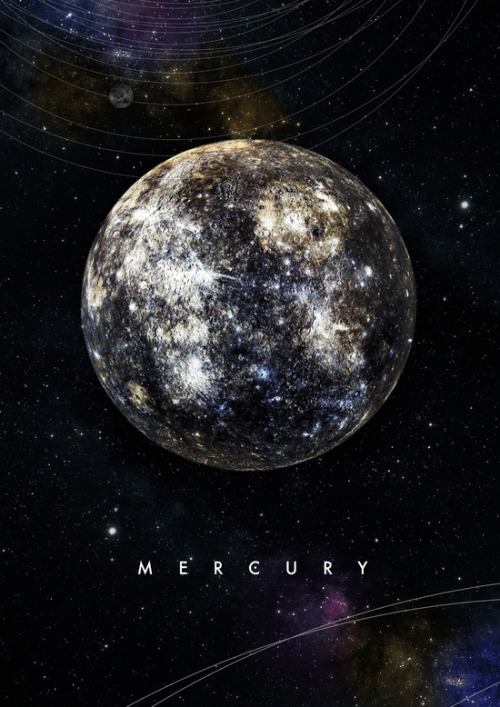
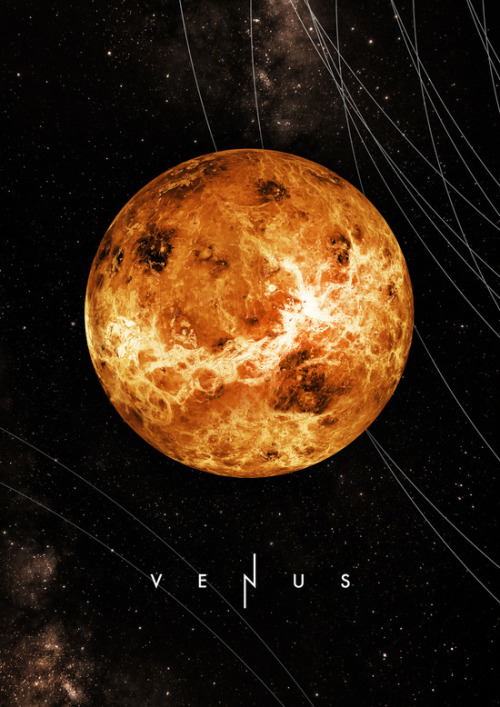
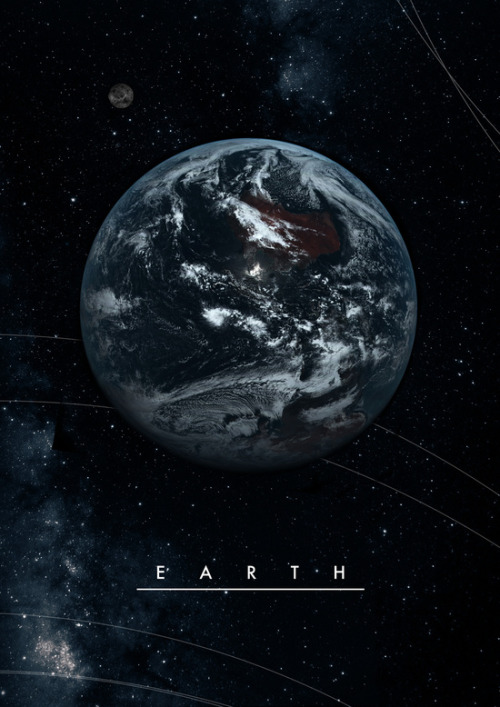
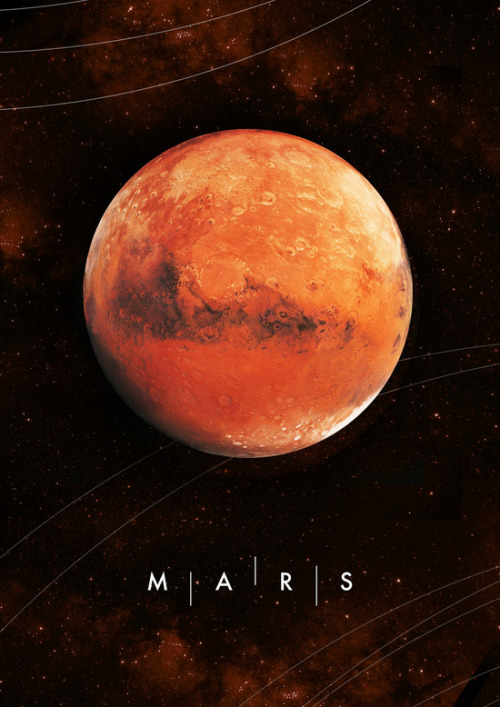
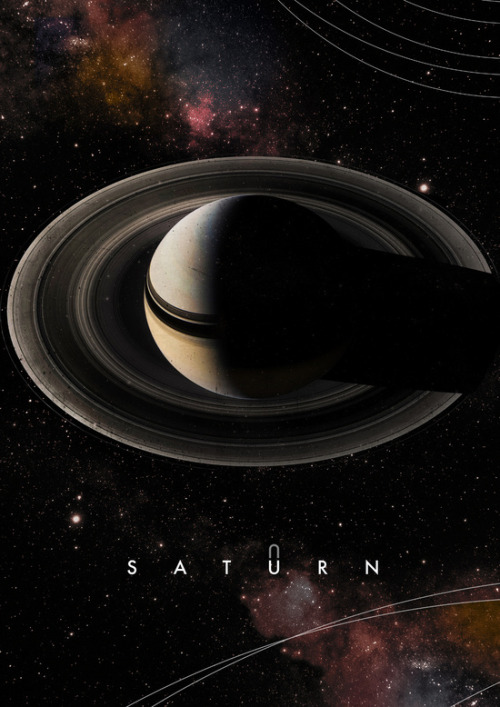
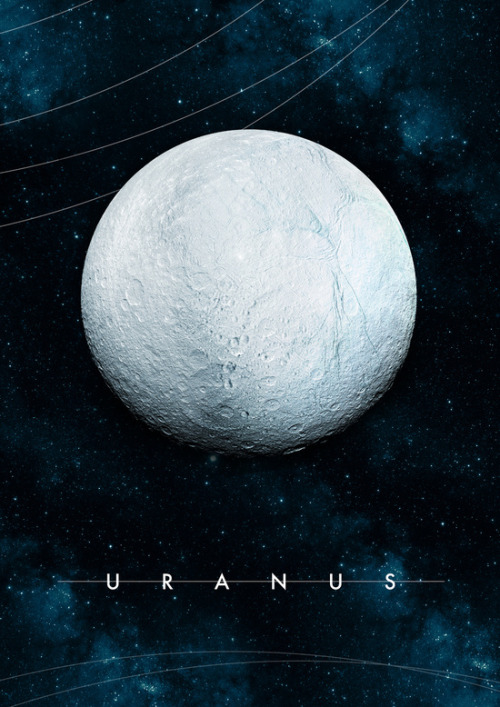
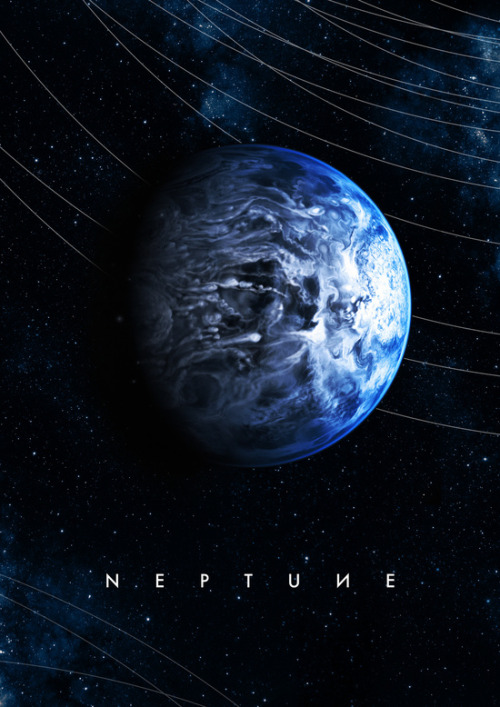
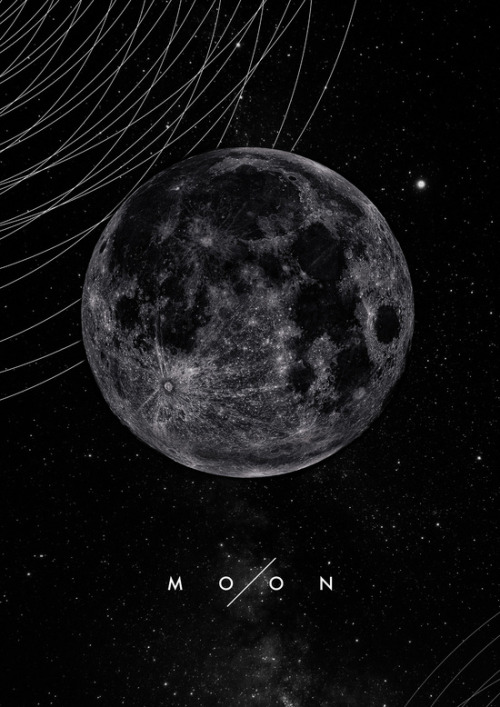
Alexander Pohl

The Milky Way Meteor Shower by jeremyjonkman on Flickr.


T-2 hours - JASON-3 and Falcon 9 stand tall on the west coast. For the second time in its history, a SpaceX Falcon 9 v1.1 rocket stands at Vandenberg Air Force Base’s SLC-4E ready for launch. The 224 foot tall rocket will carry the joint NASA/NOAA JASON-3 satellite to study Earth’s oceans. Of the 20 flights of the Falcon 9 to date, all but one has occurred from Cape Canaveral’s SLC-40. The inaugural flight of Falcon 9 v1.1, Cassiope in September 2013, was also the debut of the vehicle on the west coast. The JASON-3 mission will see the final v1.1 Falcon 9 performing the vehicle’s second west coast flight. Liftoff will occur in the middle of a 30-second launch window, at 1:42 pm EST (10:42 am PST). NASA TV coverage started at 11 am EST. Watch the launch live here. p/c: SpaceX/NASA








We used to look up at the sky and wonder at our place in the stars. Now we just look down, and worry about our place in the dirt.

Psychedelic Pluto : New Horizons scientists made this false color image of Pluto using a technique called principal component analysis to highlight the many subtle color differences between Plutos distinct regions.
js


The Trapezium is that a space ghost?
js
Solar System: Things to Know This Week
Here are a few things you should know about our solar system this week:
1. The Bright and the Beautiful

In its lowest-altitude mapping orbit, at a distance of 240 miles (385 kilometers) from Ceres, Dawn has provided scientists with spectacular views of the dwarf planet, especially of its bright, young, hexagonal craters like Haulani.
2. Mars Needs Brains

NASA is soliciting ideas from U.S. industry for designs of a Mars orbiter for potential launch in the 2020s. The satellite would provide advanced communications and imaging, as well as robotic science exploration, in support of NASA’s Journey to Mars. This effort seeks to take advantage of industry capabilities to improve deep space, solar electric propulsion-enabled orbiters.
3. Seeing Double

NASA measured a solar flare from two different spots in space, using three solar observatories. During a December 2013 solar flare, three sun-observing spacecraft captured the most comprehensive observations ever of an electromagnetic phenomenon called a current sheet.
4. Set a Course for Europa

This artist’s rendering shows NASA’s Europa mission spacecraft, which is being developed for a launch in the 2020s. The mission would place a spacecraft in orbit around Jupiter in order to perform a detailed investigation of the giant planet’s moon Europa—a world that shows strong evidence for an ocean of liquid water beneath its icy crust and which could host conditions favorable for life.
5. Go Deep

Jupiter is huge, powerful and spectacular. But what lies hidden inside the giant planet? The Juno mission arrives at Jupiter in July to help us find out. Join Dr. Fran Bagenal to learn more about the mission and how it plans to delve deep into Jupiter’s secrets this year.
Want to learn more? Read our full list of things to know this week about the solar system HERE.
Make sure to follow us on Tumblr for your regular dose of space: http://nasa.tumblr.com



Views of the Space Shuttle Atlantis undocking from the Mir space station on July 4, 1995. Cosmonauts Anotoliy Slovyev and Nikolai Budarin unparked the Soyuz spacecraft from Mir to perform a short fly-around when they snapped these astonishing photos. (NASA)
-
 nib333 reblogged this · 4 years ago
nib333 reblogged this · 4 years ago -
 meditationrelaxationmusic reblogged this · 4 years ago
meditationrelaxationmusic reblogged this · 4 years ago -
 the-potato-beeper liked this · 5 years ago
the-potato-beeper liked this · 5 years ago -
 starfire56 liked this · 5 years ago
starfire56 liked this · 5 years ago -
 shawnarichauthor liked this · 5 years ago
shawnarichauthor liked this · 5 years ago -
 theproblemswiththesky reblogged this · 5 years ago
theproblemswiththesky reblogged this · 5 years ago -
 theproblemswiththesky liked this · 5 years ago
theproblemswiththesky liked this · 5 years ago -
 queen-of-alagaesia liked this · 5 years ago
queen-of-alagaesia liked this · 5 years ago -
 cumberbees reblogged this · 5 years ago
cumberbees reblogged this · 5 years ago -
 cumberbees liked this · 5 years ago
cumberbees liked this · 5 years ago -
 tngbabe liked this · 5 years ago
tngbabe liked this · 5 years ago -
 youtube-gamer liked this · 5 years ago
youtube-gamer liked this · 5 years ago -
 rosebloodwater reblogged this · 5 years ago
rosebloodwater reblogged this · 5 years ago -
 11biree00achernar11 liked this · 5 years ago
11biree00achernar11 liked this · 5 years ago -
 therealsirsticker liked this · 5 years ago
therealsirsticker liked this · 5 years ago -
 puddingparamour reblogged this · 5 years ago
puddingparamour reblogged this · 5 years ago -
 puddingparamour liked this · 5 years ago
puddingparamour liked this · 5 years ago -
 fluffymothhhhh reblogged this · 5 years ago
fluffymothhhhh reblogged this · 5 years ago -
 mostly-stimssssssss liked this · 5 years ago
mostly-stimssssssss liked this · 5 years ago -
 marchosias-wolfie reblogged this · 5 years ago
marchosias-wolfie reblogged this · 5 years ago -
 hellothescout liked this · 5 years ago
hellothescout liked this · 5 years ago -
 justhereforstarwars liked this · 5 years ago
justhereforstarwars liked this · 5 years ago -
 atilla4434sblog liked this · 5 years ago
atilla4434sblog liked this · 5 years ago -
 marchosias-wolfie liked this · 5 years ago
marchosias-wolfie liked this · 5 years ago -
 ifjgh liked this · 5 years ago
ifjgh liked this · 5 years ago -
 windingvalley-moved reblogged this · 5 years ago
windingvalley-moved reblogged this · 5 years ago -
 windingvalley-moved liked this · 5 years ago
windingvalley-moved liked this · 5 years ago -
 justbottomsexaddicted liked this · 5 years ago
justbottomsexaddicted liked this · 5 years ago -
 strawberry-fly liked this · 5 years ago
strawberry-fly liked this · 5 years ago -
 hyperionova liked this · 5 years ago
hyperionova liked this · 5 years ago -
 nib333 reblogged this · 5 years ago
nib333 reblogged this · 5 years ago -
 prince-of-places liked this · 5 years ago
prince-of-places liked this · 5 years ago
"Astronomy compels the soul to look upwards and leads us from this world to another." - Plato
147 posts